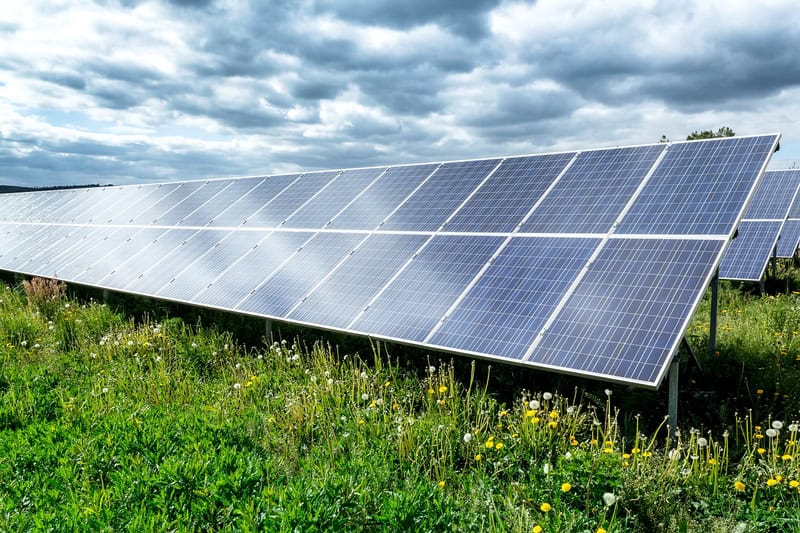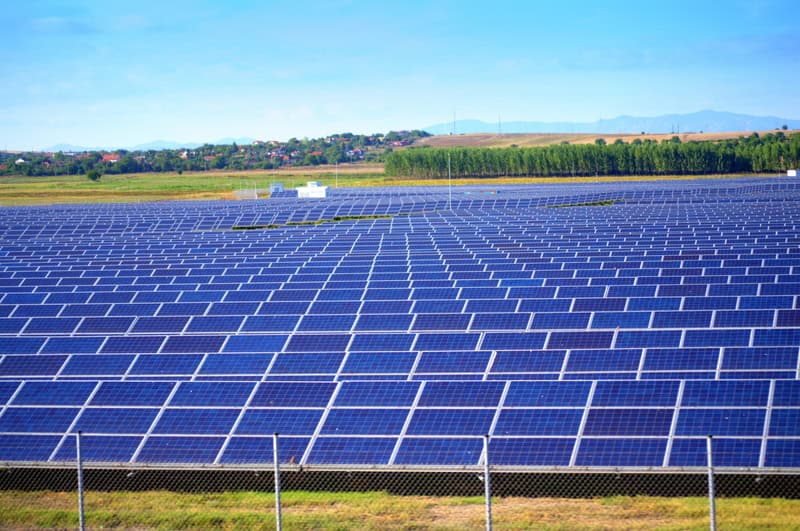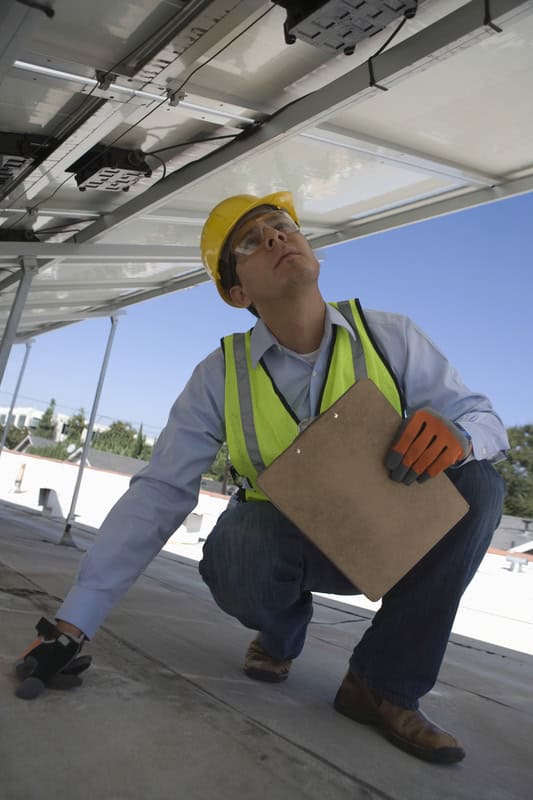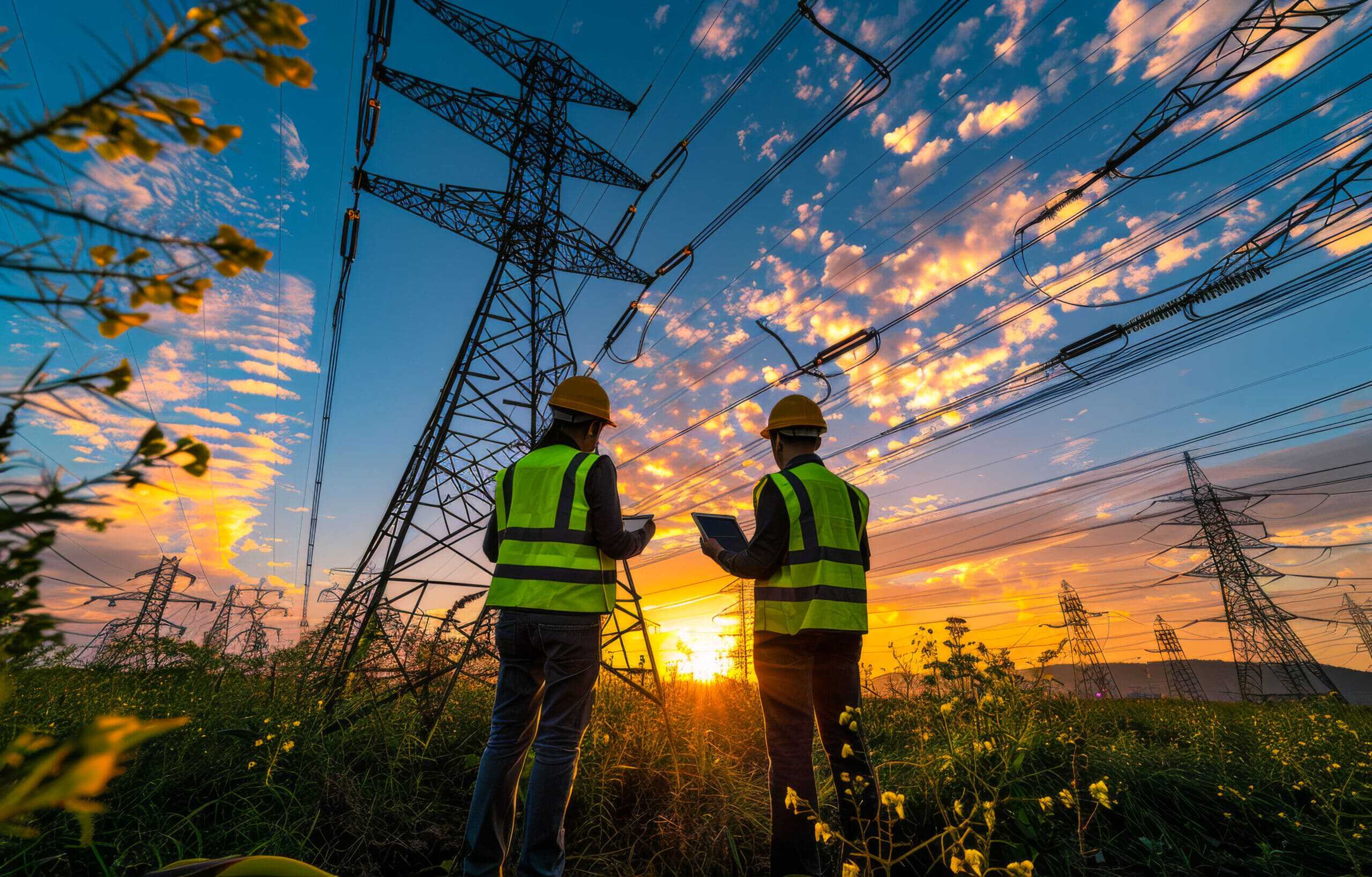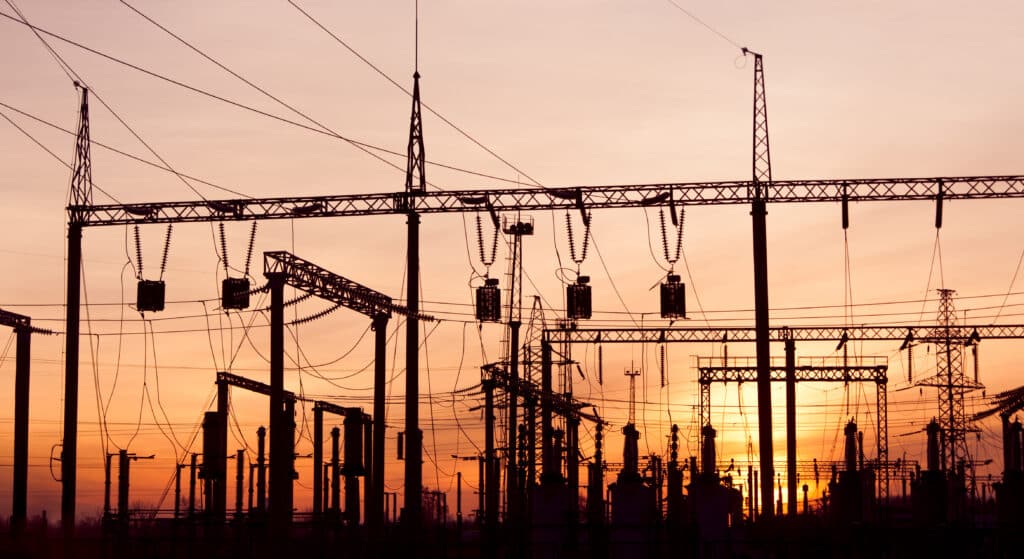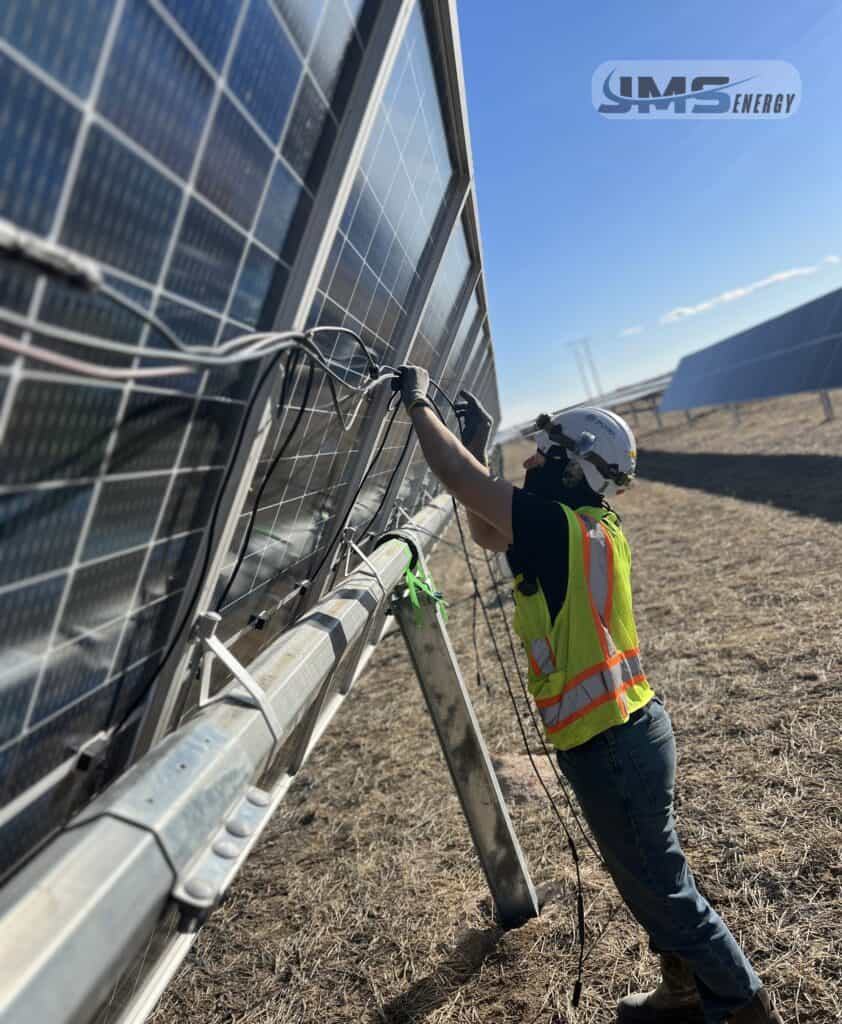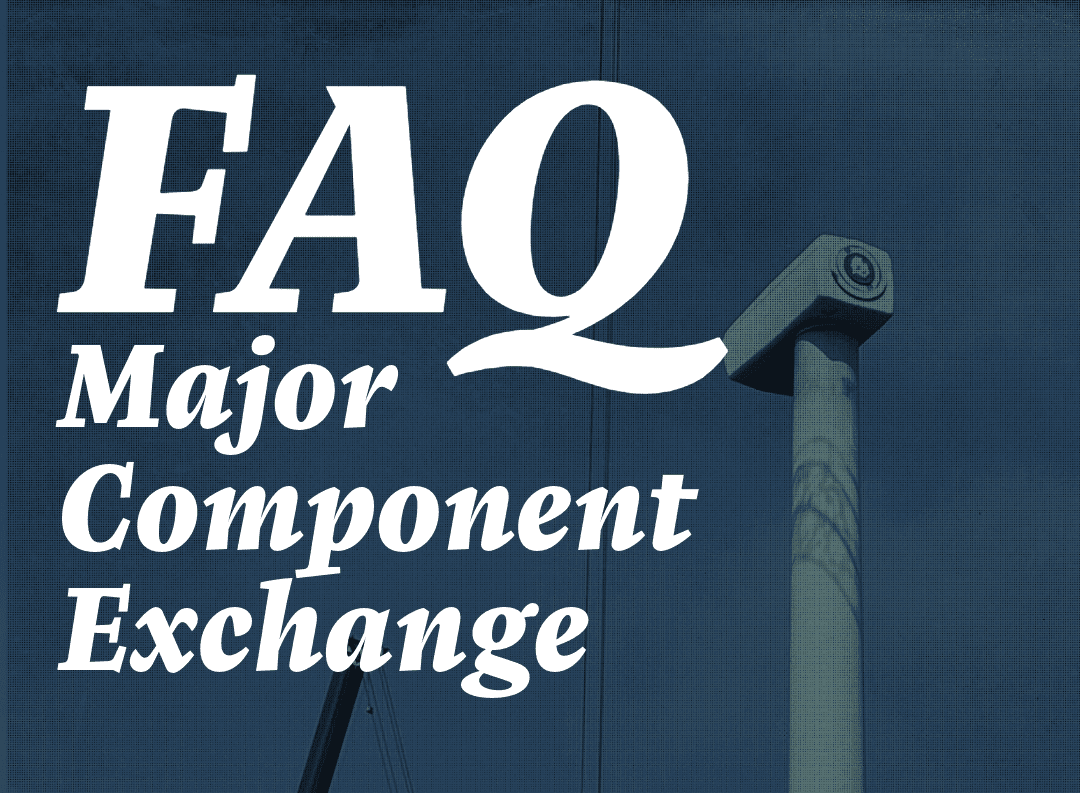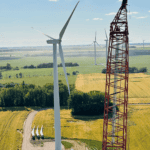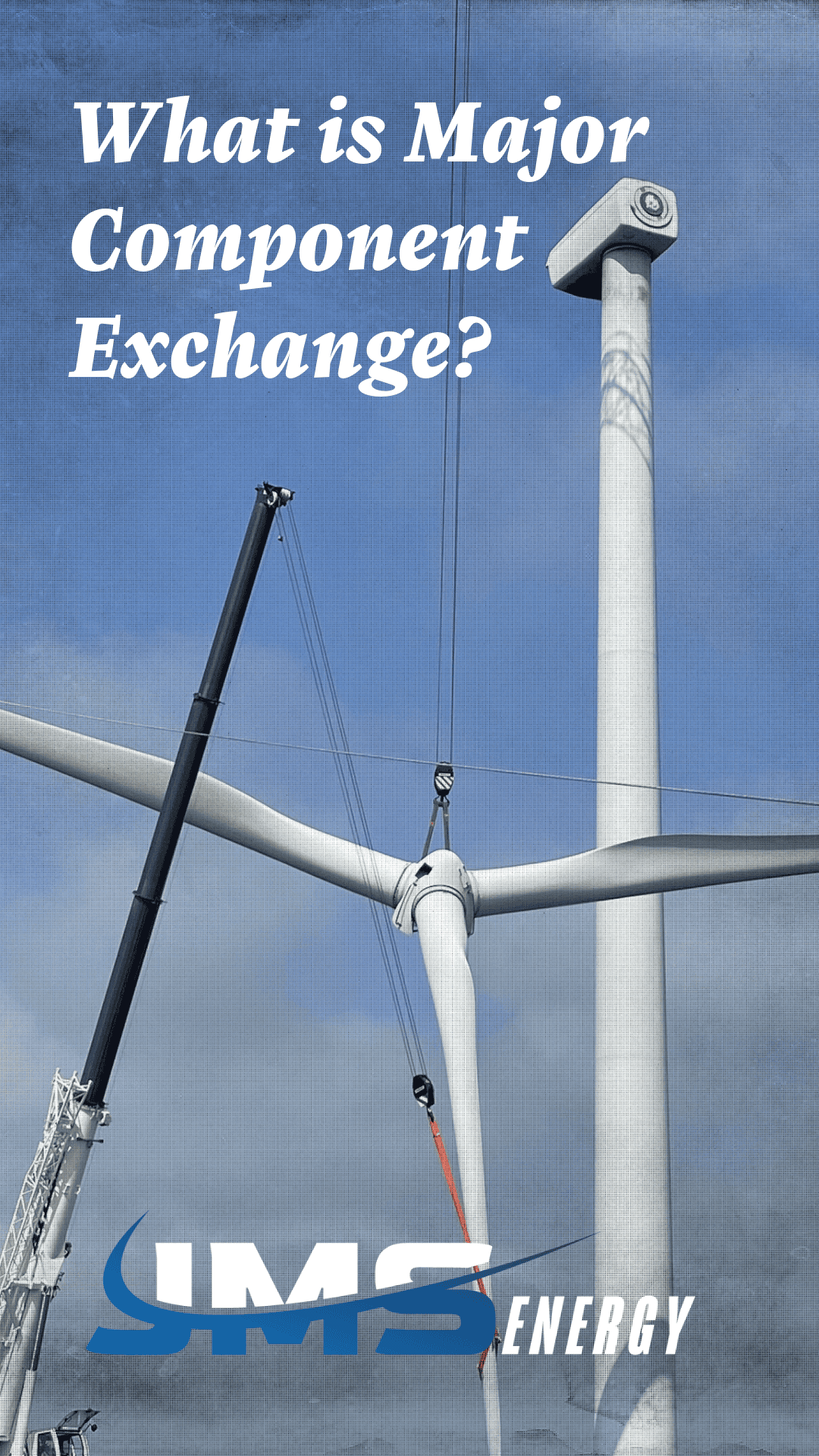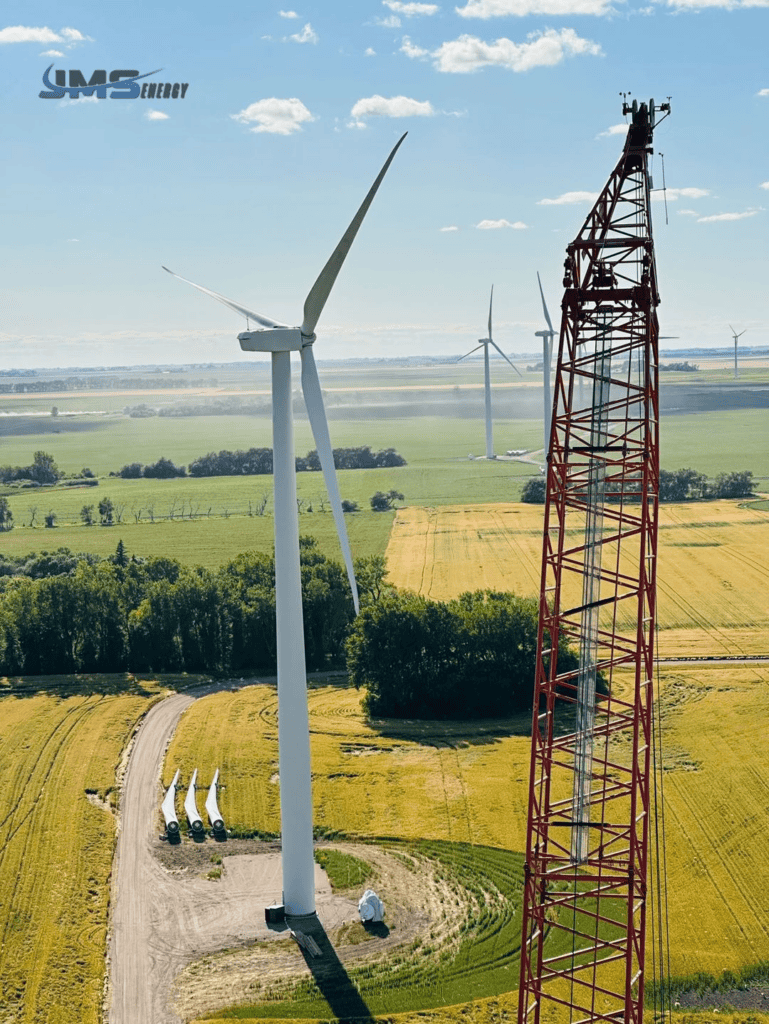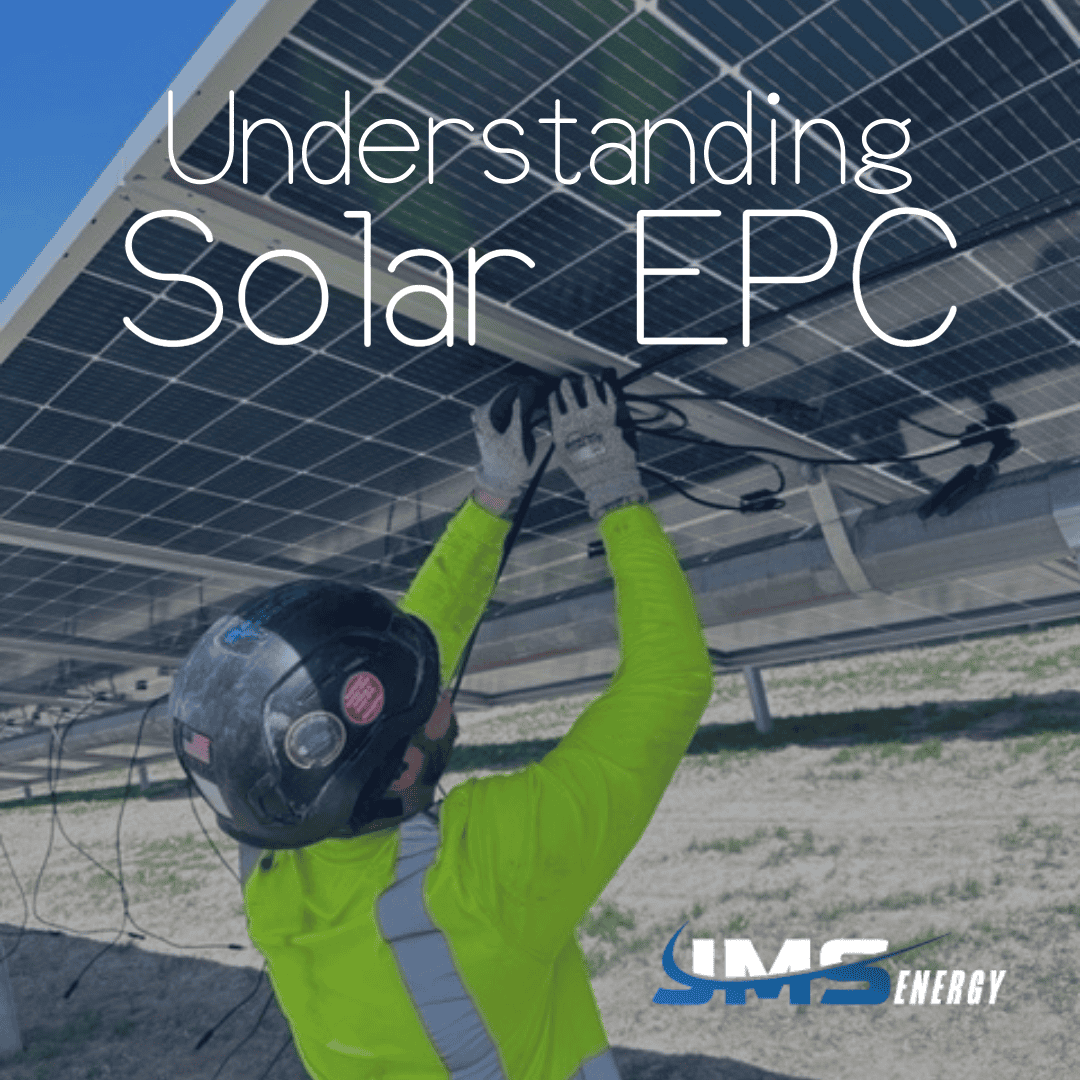Table of Contents
Understanding Industrial-scale Solar Infrastructure
What It Is and Why It Matters
Industrial-scale solar infrastructure refers to large-scale solar installations designed to meet the high energy demands of manufacturing plants, warehouses, data centers, and more. Unlike residential or small commercial systems, these are built for efficiency, durability, and integration with industrial operations.
Applications Across Industries
From food production to logistics and heavy manufacturing, industrial-scale solar infrastructure helps organizations cut costs, increase energy independence, and meet sustainability targets.
1. Customized Design and Engineering Services
Site-Specific Layouts
JMS Energy conducts detailed site assessments to design optimal solar layouts that account for sun exposure, shading, and terrain—maximizing energy yield.
Scalable System Designs
Every industrial operation is unique. JMS builds solar infrastructure that can grow with your needs, whether you’re expanding a plant or launching new facilities.
2. State-of-the-Art Solar Technologies
High-Efficiency PV Panels
We use only Tier-1 photovoltaic panels with industry-leading efficiency and durability—perfect for high-demand industrial use.
Advanced Inverter Systems
JMS integrates intelligent inverters that optimize power output and support remote monitoring, essential for managing industrial-scale energy.
3. Efficient Procurement and Logistics
Reliable Supply Chains
Our established supplier network ensures on-time delivery of components, even during global shortages—keeping your project on track.
Bulk Material Management
We handle bulk procurement and inventory control for large installations, reducing costs and avoiding delays.
4. Expert Installation and Grid Integration
Certified Solar Installers
Our licensed professionals have years of experience handling the complexities of industrial-scale solar infrastructure projects.
Seamless Grid Connectivity
JMS ensures that your system is fully compatible with local grid regulations, enabling efficient energy export or net metering.
5. Project Management from Start to Finish
Timelines and Milestones
Every phase of your project is managed with precision, from initial planning to final commissioning.
Risk Management and Quality Control
We use proven methods to minimize delays, prevent cost overruns, and guarantee top-tier installation quality.
6. Financial Planning and Incentive Navigation
Tax Credits and Grants
JMS helps clients tap into federal and state-level incentives like the Investment Tax Credit (ITC) and local solar grants.
ROI Modeling and Budget Forecasting
We provide detailed financial projections, including return-on-investment (ROI) calculations and operational savings over time.
7. Performance Monitoring and Data Analytics
Real-Time System Insights
Our solar systems come equipped with performance dashboards that allow operators to track output and efficiency in real time.
Predictive Maintenance
Data analytics tools identify potential issues before they become costly problems, ensuring long-term system reliability.
8. Comprehensive O&M (Operations and Maintenance)
Regular Maintenance Routines
From panel cleaning to inverter inspections, JMS offers full-service O&M packages tailored to industrial systems.
Repair and Upgrade Services
We keep your solar infrastructure at peak performance with fast, reliable repair services and technology upgrades as needed.
9. Compliance and Safety Protocols
OSHA and Environmental Regulations
All installations are performed in accordance with Occupational Safety and Health Administration (OSHA) standards and environmental regulations.
Industry Best Practices
We maintain best-in-class safety training and compliance procedures to ensure safe and ethical solar operations.
10. Sustainability and Carbon Reduction Benefits
Lowering Emissions
By replacing fossil-fuel-based energy with solar, JMS helps industries significantly reduce their carbon footprint.
Helping Clients Meet ESG Goals
Our systems support corporate Environmental, Social, and Governance (ESG) objectives and help companies stay competitive in green-focused markets.
Industries That Benefit Most from Industrial-Scale Solar
- Manufacturing: High energy demands make solar a cost-effective solution.
- Mining: Remote operations benefit from energy independence.
- Data Centers: Continuous uptime and energy savings are key priorities.
Why Choose JMS Energy for Industrial-scale Solar Infrastructure
Proven Results
JMS Energy has successfully delivered dozens of industrial-scale projects with high client satisfaction and system performance.
Client Satisfaction
From Fortune 500 manufacturers to regional logistics firms, our clients trust us to deliver solar systems that work reliably and efficiently.
Frequently Asked Questions
Q1: What qualifies as industrial-scale solar infrastructure?
A: Systems designed to generate solar power for large-scale industrial operations, typically exceeding 500kW in capacity.
Q2: How long does a typical project take?
A: Depending on complexity, projects may take 6 to 18 months from design to grid connection.
Q3: Can JMS handle multi-site projects?
A: Absolutely. JMS Energy has experience managing and synchronizing installations across multiple industrial locations.
Q4: What are the typical returns?
A: Clients typically see ROI in 4–7 years, depending on system size, location, and energy rates.
Q5: Does JMS offer remote monitoring?
A: Yes. Our systems include cloud-based platforms for real-time energy tracking and diagnostics.
Q6: What industries are best suited for JMS services?
A: Manufacturing, warehousing, mining, agriculture, logistics, and data management sectors all benefit from our solutions.
Conclusion: Partner with JMS Energy for Next-Gen Industrial Solar Success
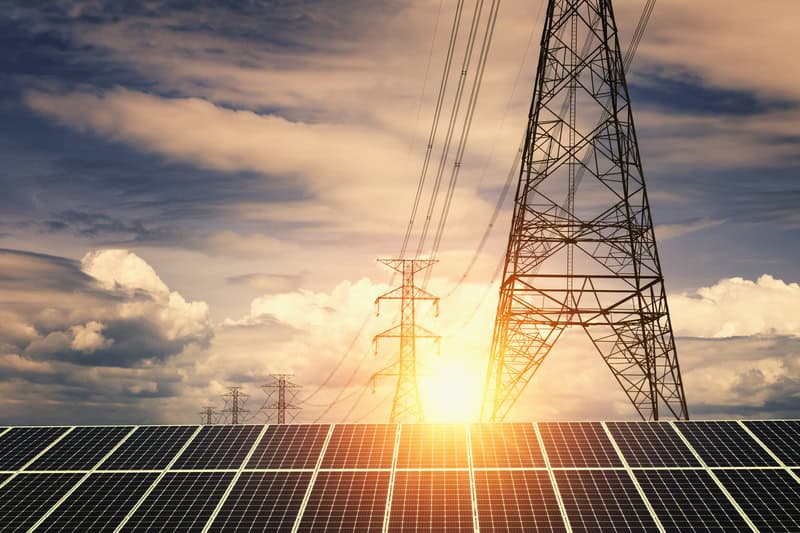
Investing in industrial-scale solar infrastructure is a game-changer for modern businesses. JMS Energy delivers unmatched expertise, cutting-edge technology, and end-to-end support to ensure your solar investment drives lasting value. Whether you need a new installation or want to upgrade existing systems, JMS Energy is the trusted partner for industrial-scale solar success.
Want to start today? Click here to contact JMS Energy and get started.

